Nestled within the larger tapestry of European history and culture, Great Britain and Ireland emerge as intricately woven threads, each country boasting diverse cultures that enrich the continent’s diverse heritage. Let’s take a journey through the history and cultures of these small islands.
Early inhabitants
Humans probably first lived on the British Isles in about 800,000 BCE when they could have walked across the channel, over a land bridge. This wasn’t a permanent settlement, as several ice ages and other poor conditions meant that much of Northern Europe became too harsh and uninhabitable for humans to stay for long. Permanent inhabitants eventually arrived around 10,000 years ago, and the British Isles have been inhabited constantly ever since.
We don't have contemporary records about these early Brits, other than the skeletal remains and occasional artefact uncovered by archaeologists. It's not until the Romans began interacting with early tribal societies across the channel that we have any written records about the inhabitants of these little islands.
At that time, the people living in Great Britain and Ireland could be loosely described as Celtic. A diverse group of tribes, they had a unique set of languages and customs.
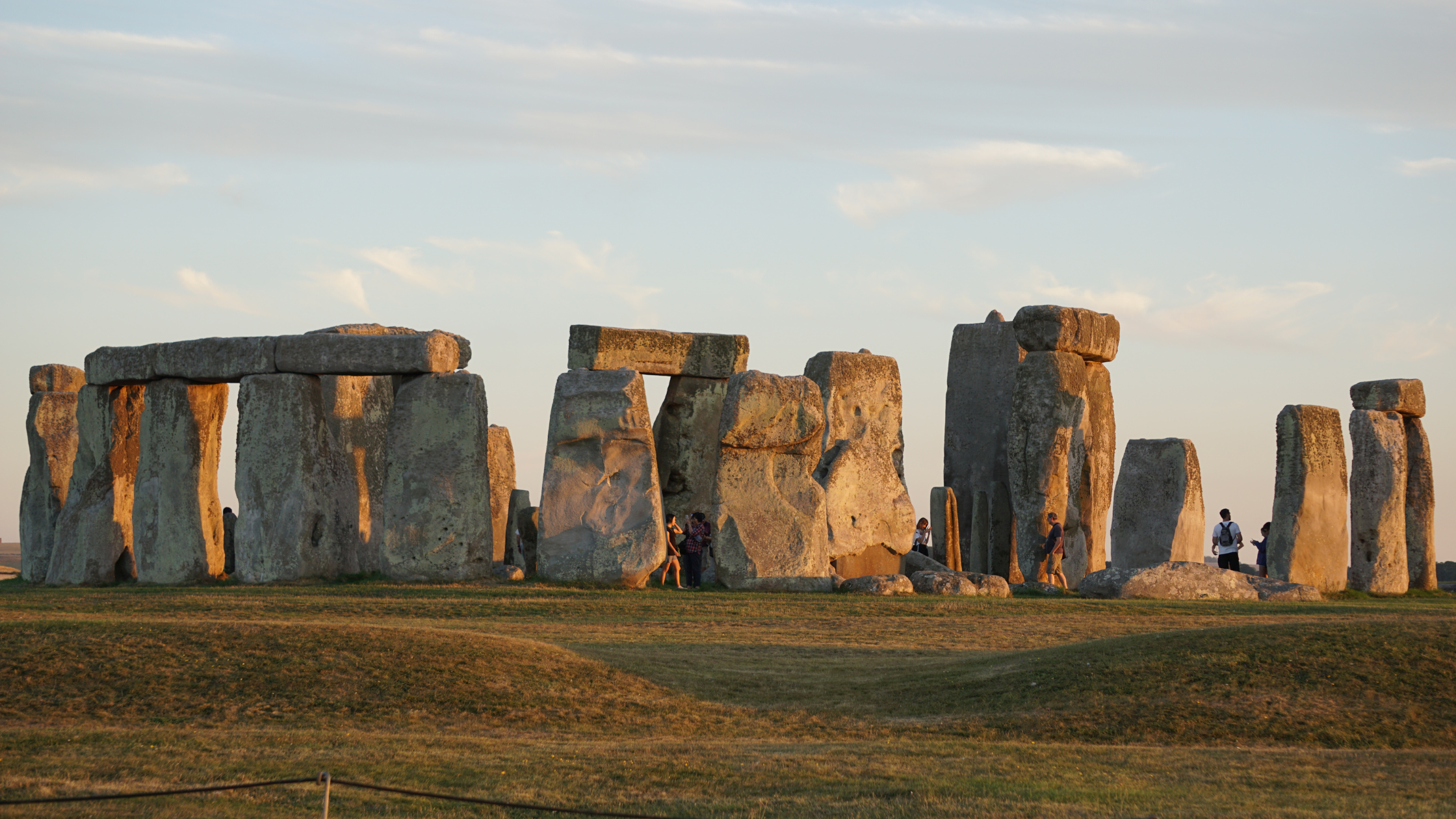
Some of the languages the Celts of the British Isles spoke are still with us today, in Scotland, Wales, Ireland, and until very recently Cornwall as well. Because these languages are all very similar, linguists suggest that they share a common root, an ancestral language they all developed from.
The Celts’ influence extends to the landscape, and can still be seen in ancient stone circles and burial mounds such as those at Stone Henge (just a short drive from Living DNA’s head offices), and hillforts scattered across the countryside.
Roman presence
While Romans never settled in Ireland or Scotland, the influence of the Roman Empire left its mark on both England and Wales.
The Roman Empire excelled at organisation and infrastructure, and this was imported to the countries they occupied. In England they constructed an extensive network of roads, some of which are still in use today. These roads helped with the movement of troops and trade throughout the Empire, enhancing communication, and they played a pivotal role in later developments.
The Romans built incredibly strong fortified structures to safeguard against external threats. Some of these structures, such as Hadrian’s wall in Northern England - built to protect against the Picts further north in Scotland - continue to be both historical landmarks and popular tourist attractions.
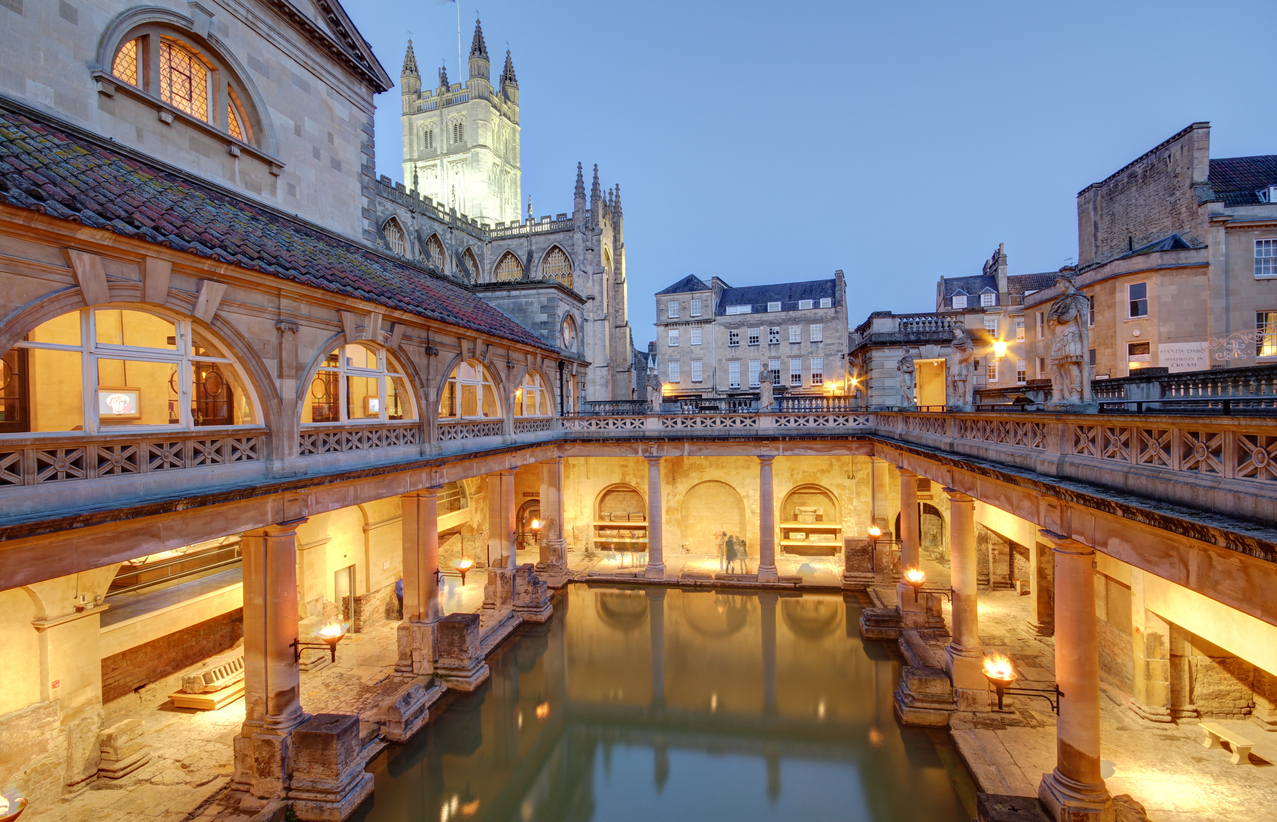
The Roman Empire’s departure from the British Isles in the early 5th century AD marked the end of their direct rule. They left behind their roads, fortifications, and legal influences, which played a vital role in shaping the historical and archaeological landscape.
Anglo-Saxons & Viking invasions
The arrival of the Anglo-Saxons in England, roughly in the 5th century, marked a profound demographic and cultural shift. They established their kingdoms in different regions of what is now England. The Anglo-Saxons introduced Old English, which eventually evolved into the modern English spoken across the world today. Their societies were characterised by tribal structures and a warrior-based culture, with heroic tales like “Beowulf” emerging from this period.
The influence of the Anglo-Saxons can still be seen in place names such as Oxford, Woolwich, and Winchester. We also still see the Germanic influence on the modern-day language that has survived from Anglo-Saxon, with roughly 30% of modern English being derived from the mix of Old German and early Scandinavian languages that gave rise to Anglo-Saxon.
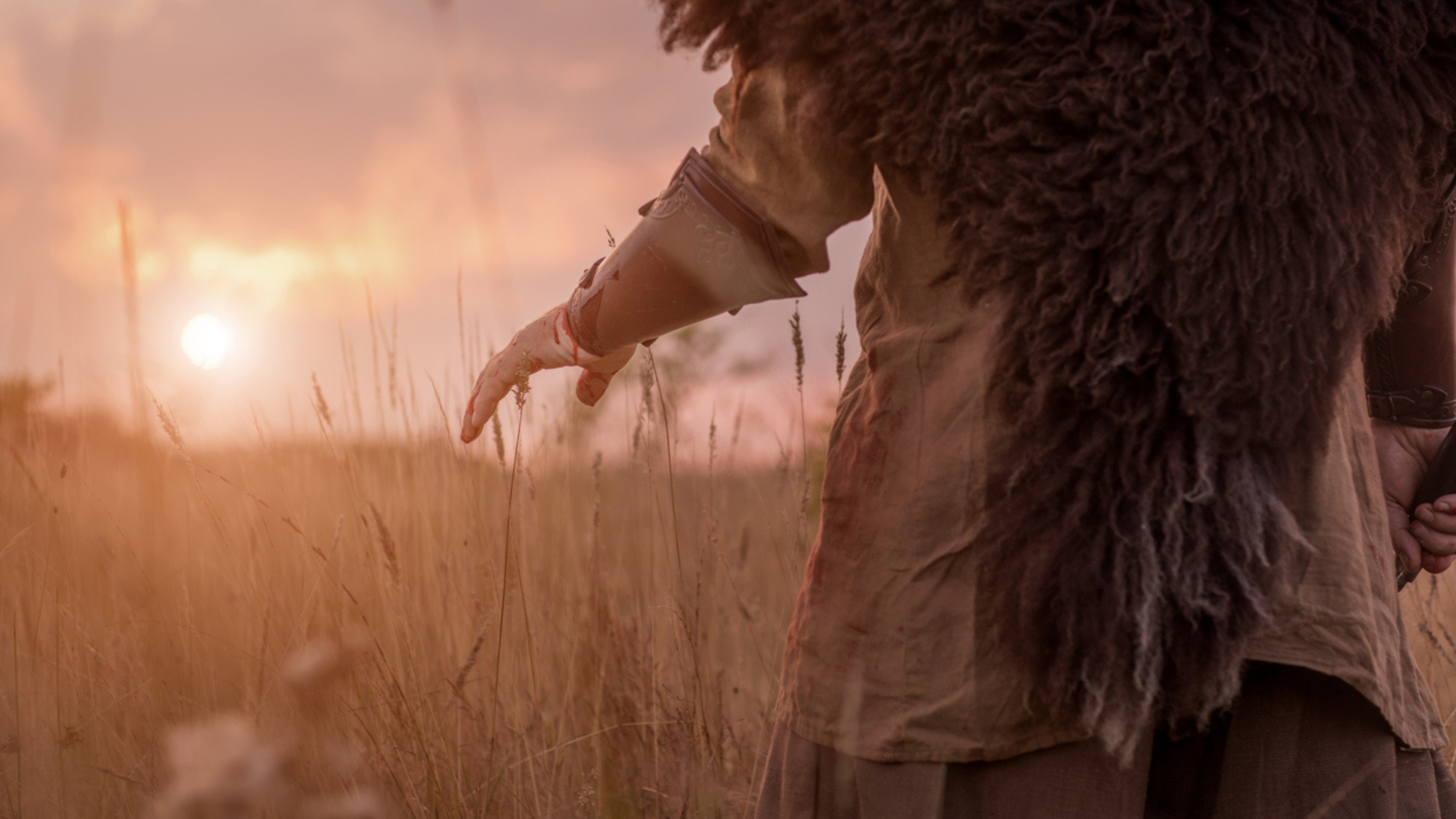
In the late 8th century, the Viking invasions from Scandinavia, particularly Denmark and Norway, swept across parts of Great Britain and Ireland. The Vikings introduced Old Norse words, contributing to the unique linguistic diversity of English. Their presence influenced place names, particularly in areas they settled, such as York (originally Jorvik) and Dublin (Dubh Linn).
The Vikings’ influence extended beyond language, leaving their marks on local customs, art, and governance. Their impact on the British Isles can still be seen in the enduring presence of Norse cultural heritage, especially in regions like the Orkney and Shetland Islands.
Norman Conquest
The Norman Conquest of 1066 stands as a transformative juncture. William the Conqueror led the invasion, which came to a head at the Battle of Hastings. The Normans’ victory marked the beginning of a new era in England, introducing changes to the social, political, and linguistic landscape.
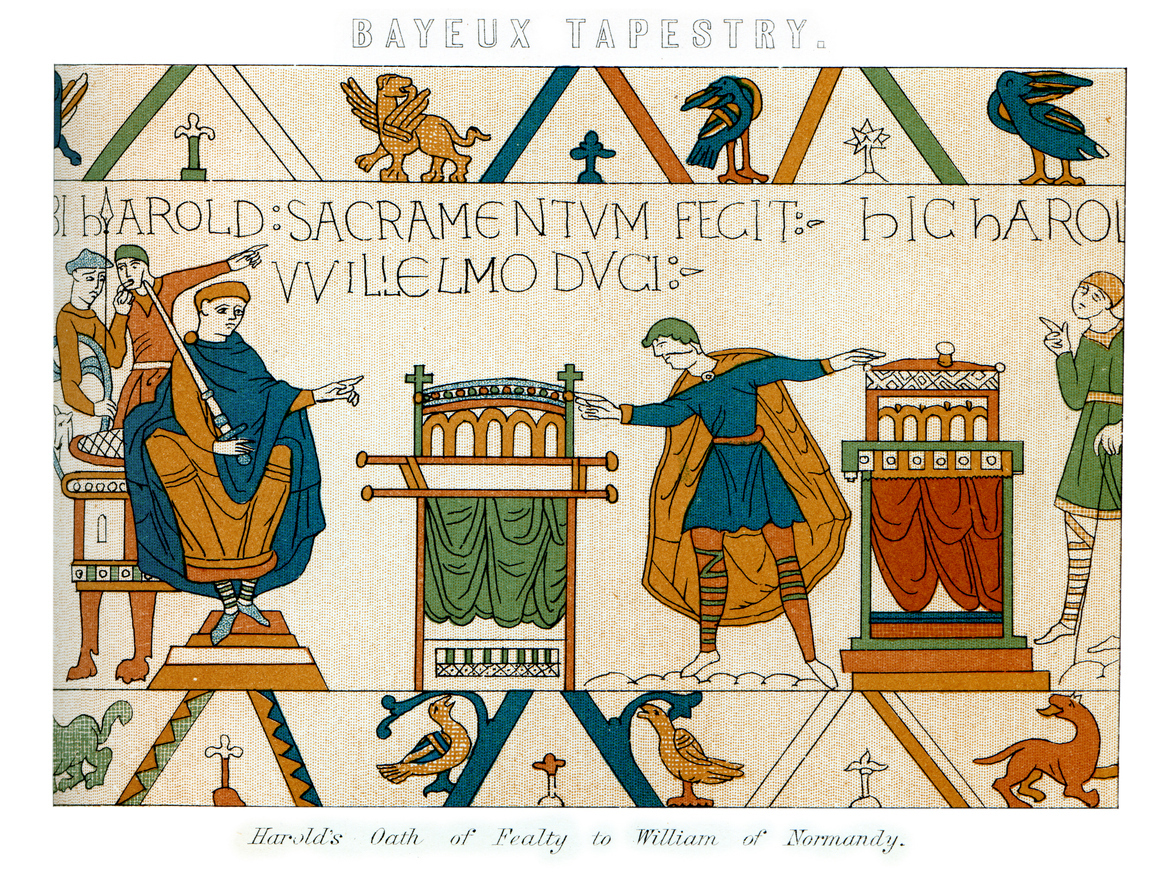
The Normans established feudalism, and the Domesday book - a comprehensive survey of land ownership and resources - was commissioned during this period, providing invaluable insights into the kingdom’s wealth and structure.
William and his successors brought in their own nobility, resulting in a blend of Norman and Anglo-Saxon aristocracy. Their influence extended to the English language, with the nobility adopting Norman French for official documents while English remained the language of the common people. We still use the Norman French words for meats such as beef (boef), pork (porc), and mutton (mouton). This linguistic fusion laid the foundation for the development of middle English.
The Normans introduced castles and Romanesque cathedrals which left a lasting architectural legacy, and the introduction of Norman law and governance had a profound impact on England’s legal and administrative systems.
Kingdoms and Dynasties
Various kingdoms and dynasties have risen and fallen over the centuries, each leaving its distinctive mark on the cultural and political landscape. The Plantagenets, Tudors, and Stuarts all left their indelible imprints on the British Isles as they each rose and fell. The stories of these ruling families was partially the inspiration for Game of Thrones, and each there are hundreds of publications covering the scandals and intrigues of their years in power in detail.
The Plantagenets ruled England from 1154 to 1485. This dynasty witnessed significant events such as the Hundred Years’ War and the signing of the Magna Carta. Notable monarchs include Richard the Lionheart and Edward III.
The Tudor Dynasty, led by monarchs from Henry VII to Elizabeth I, governed England from 1485 to 1603. It oversaw the English Reformation, the defeat of the Spanish Armada, and a flourishing of arts (William Shakespeare) and exploration (Sir Walter Raleigh).
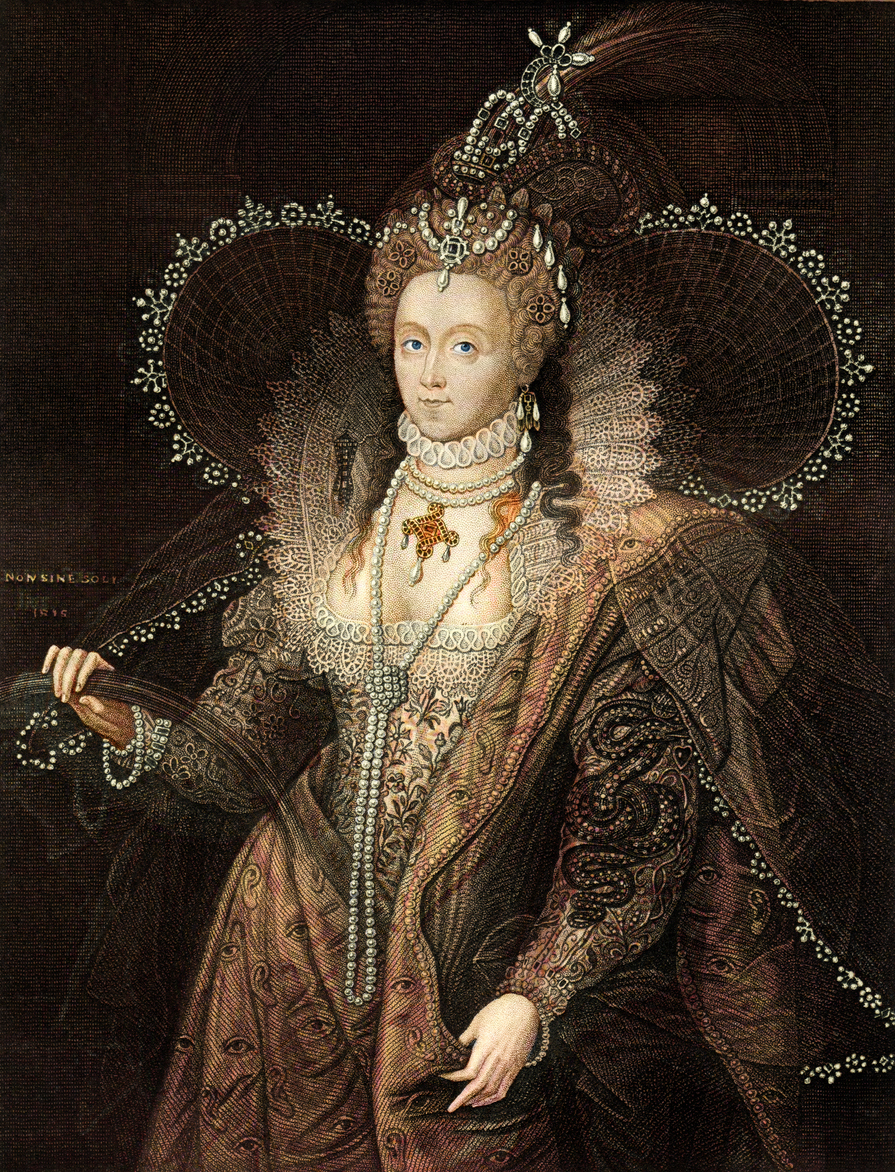
The Stuarts led England from 1603 to 1714, a period marked by the English Civil War and the Glorious Revolution. Monarchs like James I, Charles I, and William and Mary played pivotal roles in shaping the constitutional monarchy of Britian.
Formation of the United Kingdom
While Wales had already been brought under technical English rule in the 16th Century, with Henry VIII’s Laws in Wales Acts, the process of unification continued with the union of England and Scotland in 1707, a response to economic and political pressures and an effort to strengthen the British Isles’ security. The Act of Union in 1801 further expanded the union to incorporate Ireland, creating the United Kingdom of Great Britain and Ireland.

This merger, though not without its controversies, resistance, and conflict, led to the establishment of a more centralised government. It introduced a single parliament, which had wide-reaching authority over the entire union. Ireland’s inclusion faced considerable challenges, including tensions between the predominantly Catholic population and the Protestant-dominated government.
The formation of the United Kingdom marked a significant chapter in the intertwined histories of these islands, affecting political, social, and cultural aspects, and setting the stage for the complex political dynamics and relationships that continue to shape Great Britain and Ireland to this day.
Cultural Contributions
Great Britain and Ireland have both been cradles of literary genius, nurturing some of the world’s most celebrated authors and playwrights. In Great Britain, William Shakespeare left his mark on drama and poetry. His timeless works continue to captivate audiences worldwide.
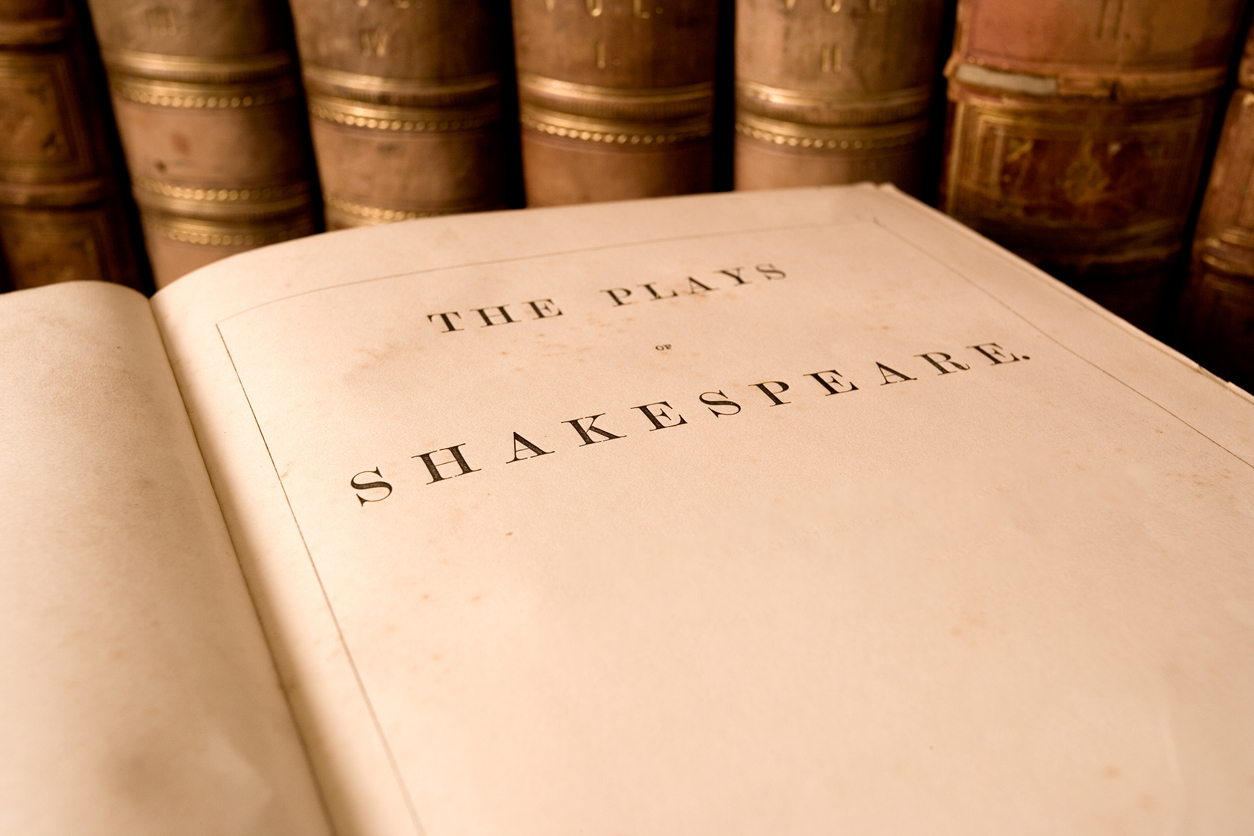
Robert Burns, the Scottish national poet, celebrated the beauty of his homeland and its people in his works, including ‘Auld Lang Syne,’ which has become synonymous with New Years celebrations. His writings reflect a deep appreciation for Scotland’s culture and traditions, making him a beloved literary figure.
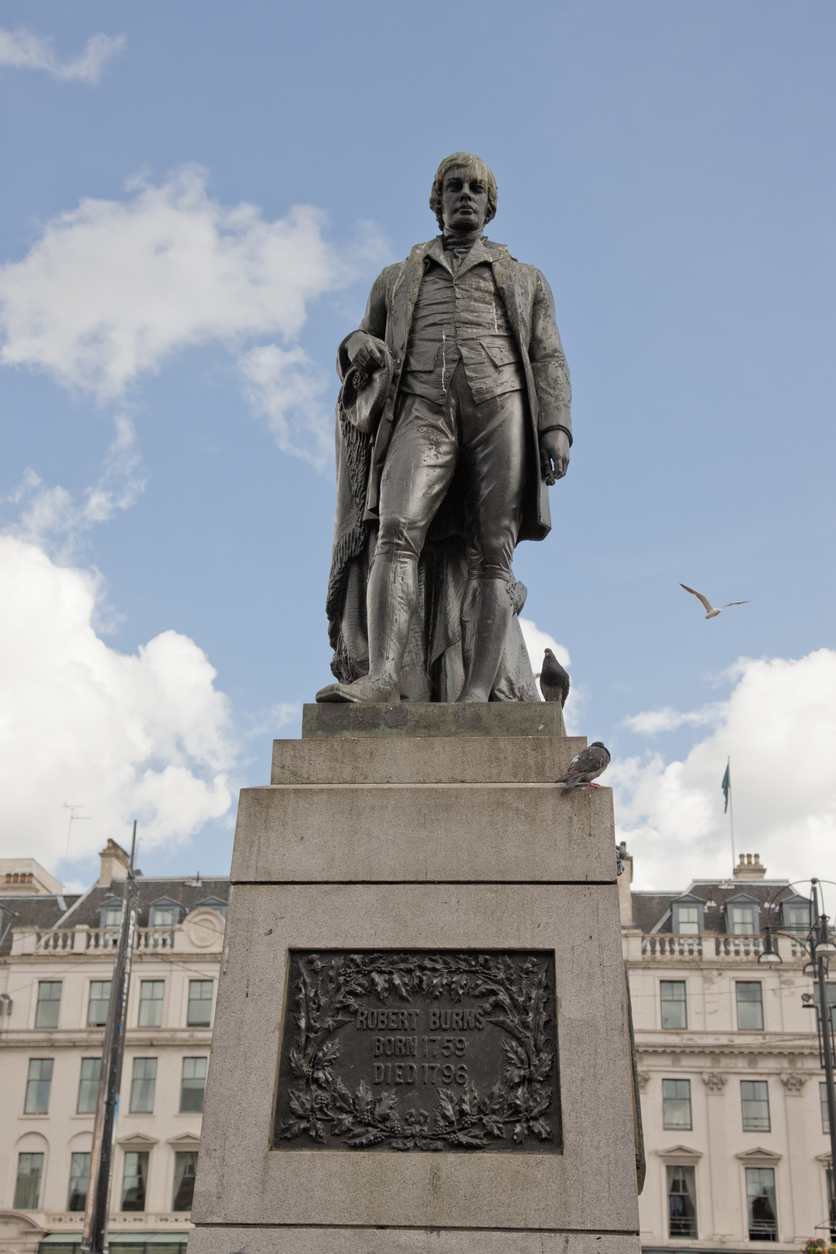
Jane Austen’s novels are works of genius social commentary far ahead of their time, which show her profound insight into human relationships and societal norms.
Ireland has a strong tradition of literary, poetic, and musical genius. In the early 20th century, a literary renaissance gave rise to a trio of literary luminaries: James Joyce, W.B. Yeats, and Samuel Beckett. Joyce’s groundbreaking “Ulysses” remains a monument of modernist literature. Yeats delved into themes of Irish identity and mythology in his poetry. Beckett’s absurdist plays, like “Waiting for Godot,” challenged conventional storytelling.
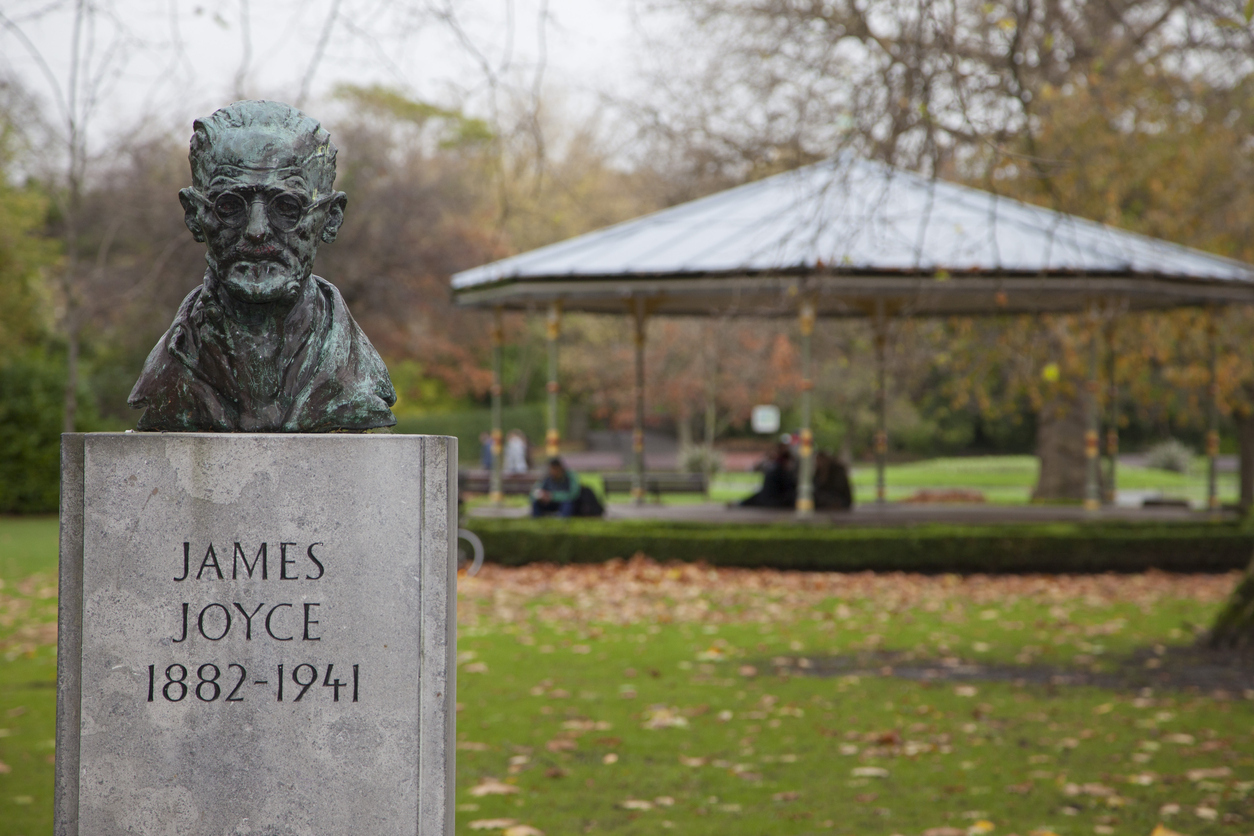
The diverse landscapes of Great Britain and Ireland, from the moors of Scotland to the rolling hills of the English countryside, have served as evocative backdrops for countless literary works. The changing seasons, the rugged coastlines, and the rich cultural histories of these islands have inspired a wealth of artistic expression, resulting in enduring contributions to world literature and culture.
Language and Identity
Language holds a pivotal role in shaping the identity of these diverse islands. While English stands as the primary language, Scotland, Wales, Cornwall, and Ireland cherish their native tongues. Scots Gaelic, Welsh, Cornish, and Irish are linguistic treasures deeply rooted in their cultural heritage.
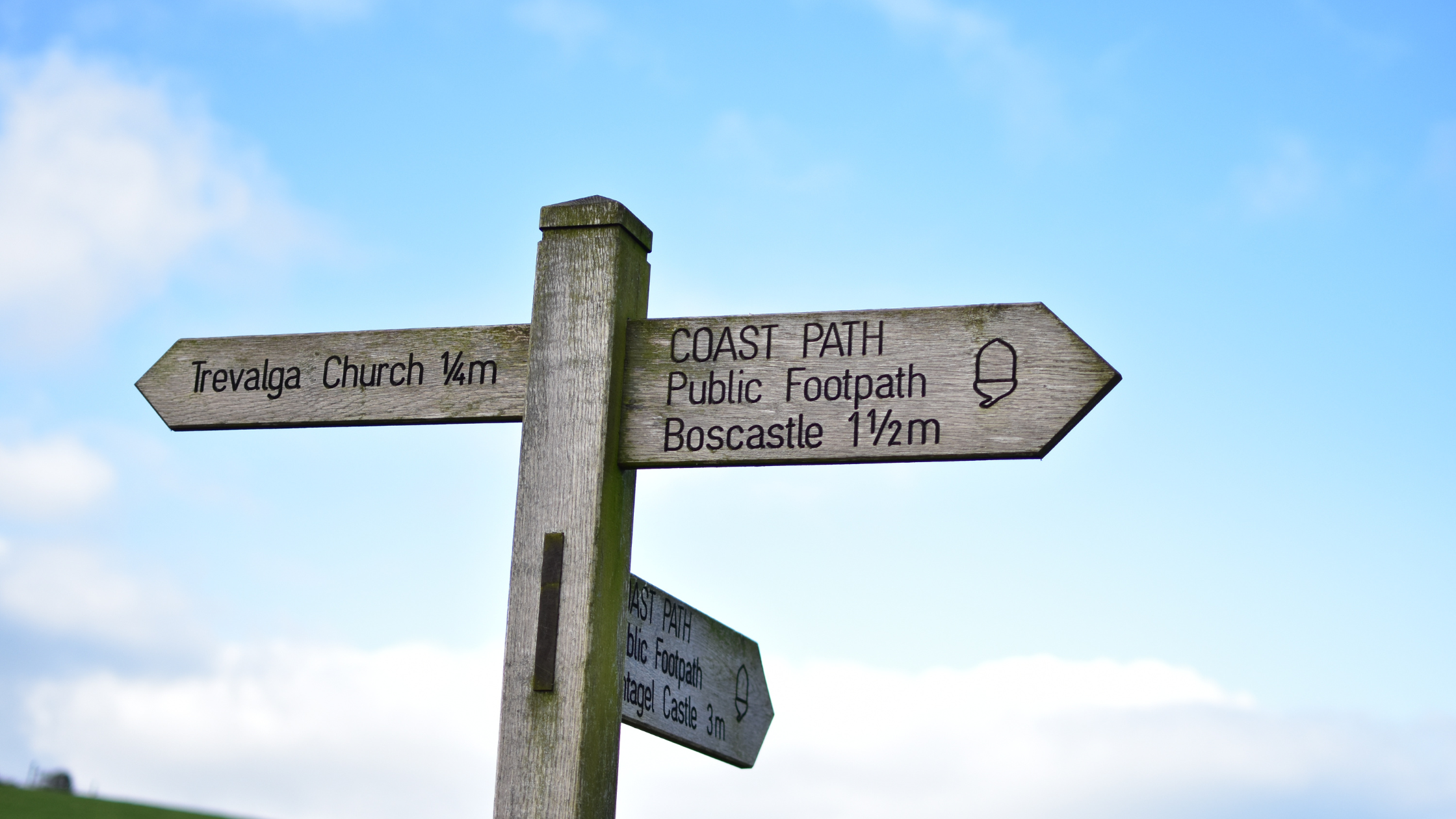
These languages aren’t just a means of communication; they encapsulate centuries of tradition, folklore, and history. They’re the threads that connect these communities to their past and, in turn, enable them to celebrate their unique identities in a world where cultural diversity is a cherished asset. Language, in all its diversity, is a testament to the resilience and determination of these nations to preserve and promote their rich heritage.
Political Evolution
In recent history, the Republic of Ireland gained independence from the United Kingdom in 1922. Northern Ireland retained its ties to the UK, resulting in a divided island.

The complex political history of Northern Ireland that has unfolded in the decades since has been marred by a tumultuous period known as “The Troubles,” characterised by sectarian violence and conflict. In 1998, the Good Friday agreement was signed, aimed at fostering peace and reconciliation.
Cultural exchanges
The islands continue to exchange cultural influences with the rest of Europe and the world. Great Britain, known for its cultural exports, has made lasting mark on the world stage. From the Beatles to Harry Potter, British creativity has captivated audiences worldwide.
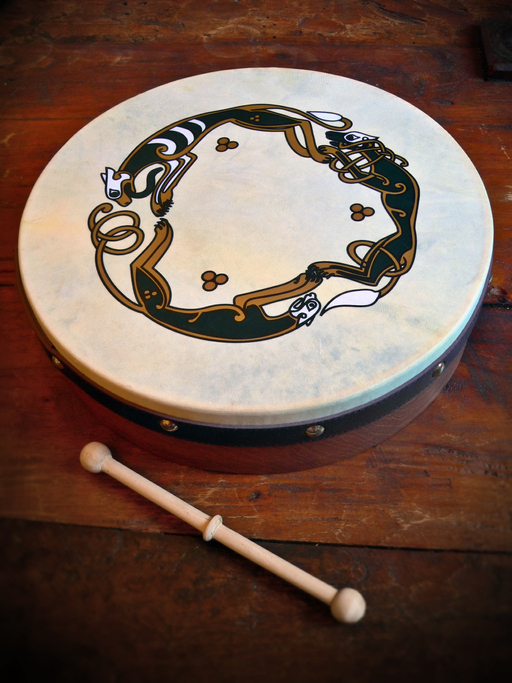
Ireland, with its rich musical traditions, enchanting dances, and timeless folklore, has a unique cultural heritage which resonates worldwide.
These cultural exports not only entertain and inspire, but also serve as bridges connecting the islands to the broader global narrative, underscoring the far-reaching influence of their artistic contributions.
Conclusion
Great Britain and Ireland are threads in the intricate tapestry of European history and culture, with unique stories that have both shaped and been shaped by the continent. Their contributions to art, literature, politics, and language have left a lasting impact on Europe and the world, making these islands an integral part of the European story.
So what’s next?
So now we know a little about the complex history and cultures your British and Irish ancestors may have been a part of, what next?
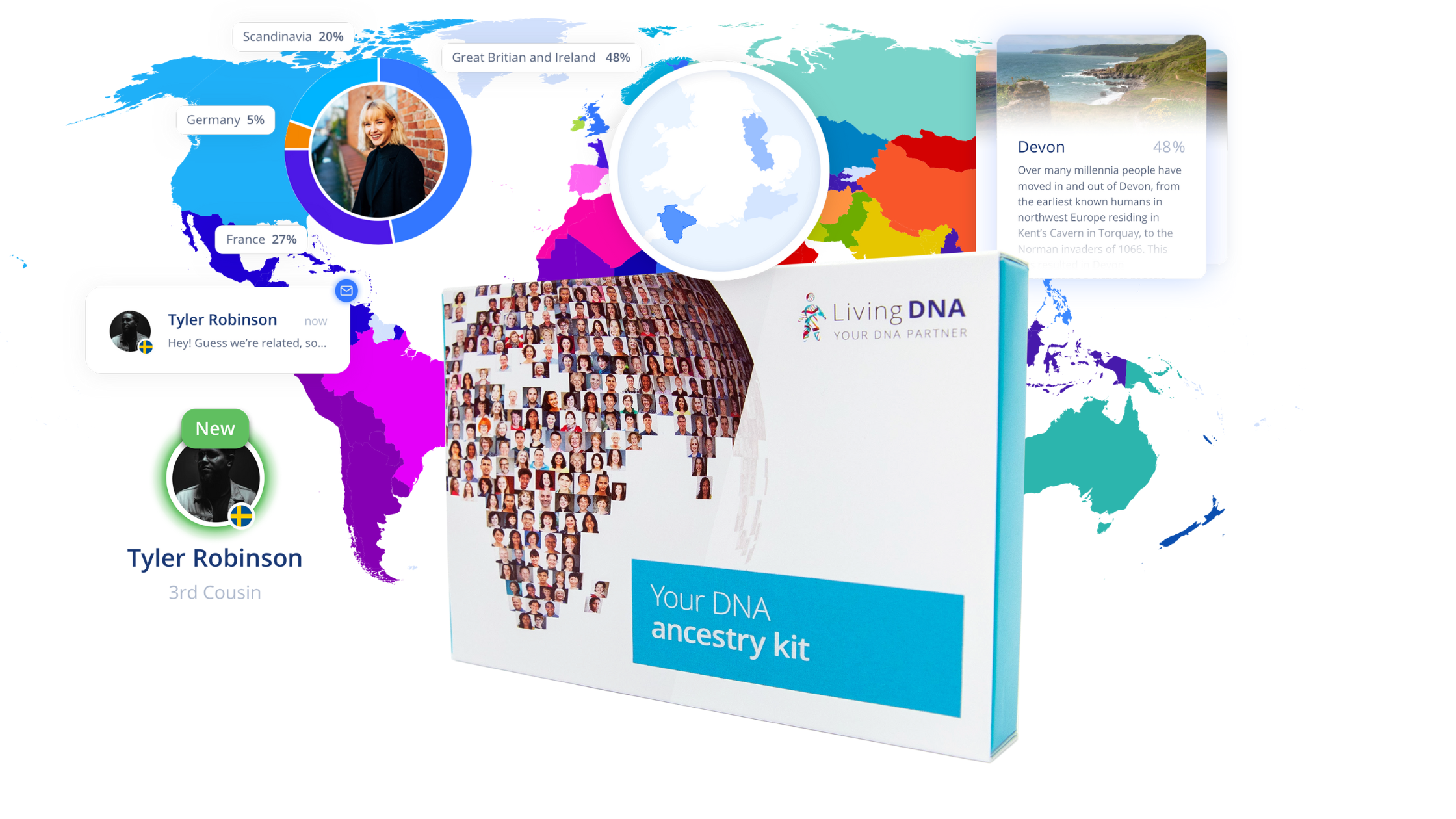
You can take a Living DNA test to find out more about where in Great Britain and Ireland your ancestors are most likely to have come from, and find relatives who share your British and Irish ancestry.
What regions in Great Britain and Ireland do Living DNA cover?
Well, there are a lot of them! We were privileged to be able to work with the People of the British Isles project by Oxford University when first starting out as a company, and we’ve been able to build on the insights gained into British and Irish ancestry since then.
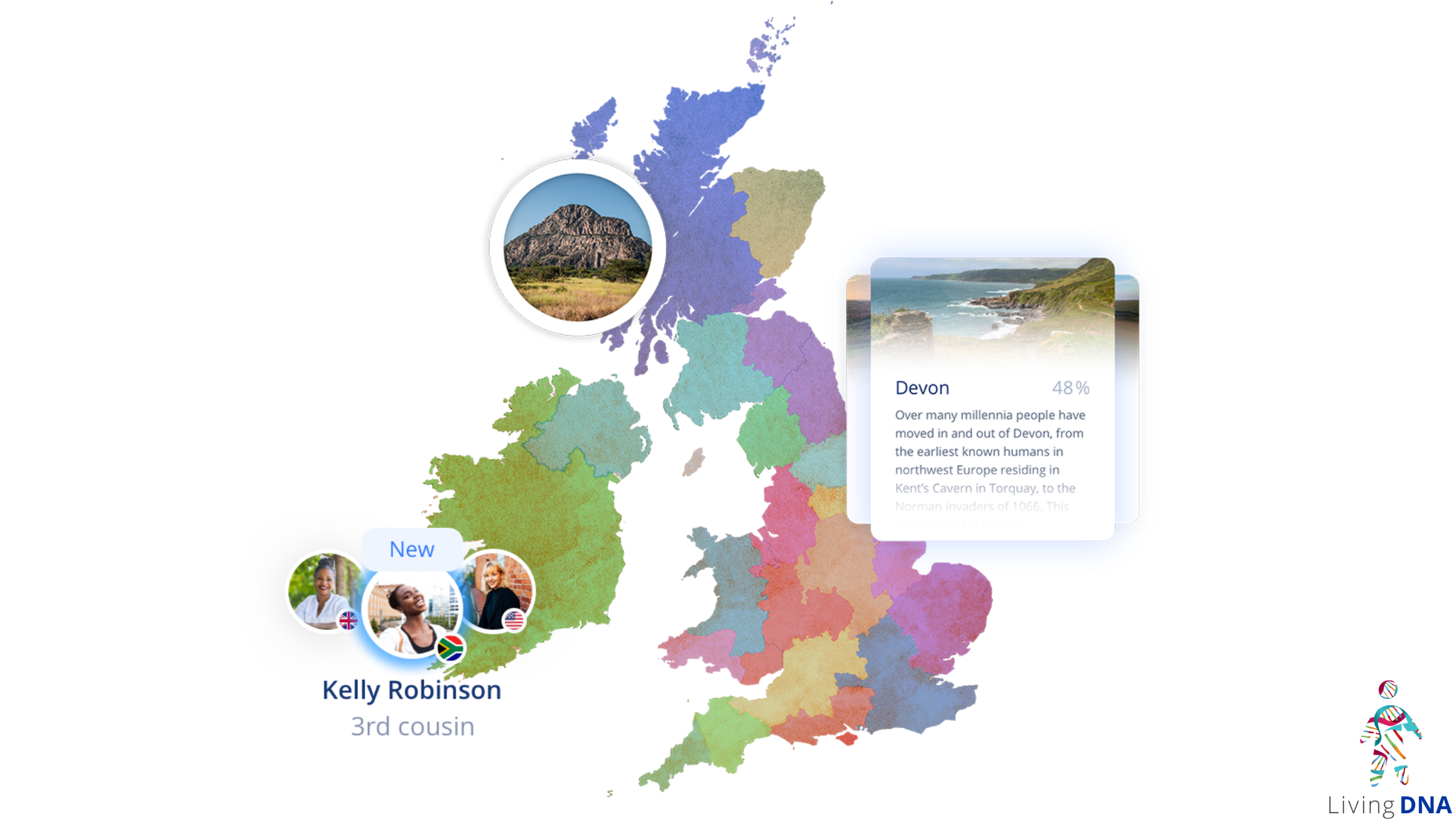
The regions we cover within the British Isles, and that you might discover in your DNA are:
England and Wales
- British Isles
Aberdeenshire
Central England
Cornwall
Cumbria
Devon
East Anglia
Ireland
Lincolnshire
North Wales
North Yorkshire
Northern Ireland and Southwest Scotland
Northumbria
Northwest England
Northwest Scotland
Orkney and the Shetland Islands
South Central England
South England
South Wales
South Wales Border
South Yorkshire
Southeast England
Scotland and Ireland
Orkney Islands
If you'd like to explore your British and Irish ancestry, head to our website at livingdna.com to see the kits we have available.
